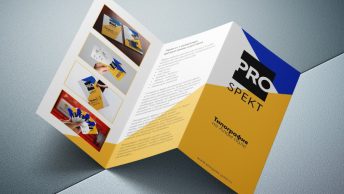Дизайн и развитие
Идея Уизелом пришла из работы британского изобретателя Джеффри Пайка в поддержке своих предложений атаковать силы Оси и промышленные установки в Норвегии . План Пайк, чтобы препятствовать развитию немецкого атомного оружия стал проект плугом , для которого он предложил быстрое легкое механизированное устройство , которое будет транспортировать небольшие группы коммандос войск 1 – й группы по специальной службе по снегу. В действительной службе в Европе, Ласки были использованы для снабжения фронтовых войск на сложный грунт , когда иммобилизации колесных транспортных средств.
Первые 2,103 транспортных средств , обозначенные как Т-15 , а затем к категории М-28 Cargo Carrier было 15 в (380 мм) Kégresse стиля «резиновой полоса» треки в стиле, позже версия обозначается как M-29 имела 20 в (510 мм) дорожки одного и того же формата. Т-15 / М-28 версия была совершенно другой корпус и обратная линия привода к последней версии М-29. Некоторые из наиболее заметных различий было то , что эти ранние версии [T-15 / М-28] была система заднего двигателя на передние колеса; которые использовали ранее дорожки, а также тележки колеса были отчетливо различным расположением. Сам корпус был разработан несколько отличается только мощностью два пассажира. М29 был переднее расположение двигателя, задний привод системы с измененными дорожками и различным расположением тележки колеса. Халл был также изменен , чтобы приспособить большую пассажировместимость / нагрузки. М-29 было несколько земноводных, но с очень низким надводным бортом; M29C воды Хорек был более амфибия версия, с плавучести клеток в носу и корме, а также близнецы рулей. M29C не может работать в других , чем внутренние условиях плавания, поэтому его использование в прибое или неспокойной воде было очень ограниченным , но видело действия в Тихоокеанском театре. Самый простой способ отличить разницу от М-28 и М-29, чтобы посмотреть на расположение боковой дорожки опорных катков.
Существуют доказательства того, для M29s доводятся до железнодорожной станции Meiringen в ноябре 1946 года , чтобы поддержать попытку армии США , чтобы спасти двенадцать лиц со сцены в 1946 C-53 Skytrooper аварии на Gauli леднике . Планировались Ласки , которые будут использоваться для наземного спасения, поднимаясь Gauli ледника. Пара Swiss Air Force Fieseler Storch STOL самолет смогла осуществить спасение исключительно по воздуху, прежде, чем была необходима Weasels.
Civilian Use
With a large surplus supply, the United States sold off large quantities of the M29 to various countries, including Sweden, France and Norway. Many Weasels served in scientific Arctic expeditions, but their most famous use in civilian hands was at the 1960 Olympic Winter Games at Squaw Valley, California, USA.
The Automotive Company, Consolidated, sought to update the Weasel in 1960. They designed the ‘Sno T’rrain,” which was two Weasel chassis coupled together with fully enclosed canopies.
Today, there is a large community of Weasel collectors and restorers. As such, there are many running examples in private collections world wide.
m29 weasel .
| M29 Weasels playing in the mud |
|
| ||||||||||
| M29C WEASEL RESTORATION (v 2.0) |
|
| ||||||||||
| M29C Weasel Indochina war reenactment |
|
| ||||||||||
| Restoration M29 Weasel |
|
| ||||||||||
| M29C Weasel startup |
|
| ||||||||||
| USMC M29C Weasel in the water with underwater video footage |
|
| ||||||||||
| WW2 Studebaker Weasel Restoration #1: Introducing Project Plow 2.0/ShopTime |
|
| ||||||||||
| Restored Studebaker m29c Water Weasel detail walk around |
|
| ||||||||||
| M29C Studebaker Weasel |
|
| ||||||||||
| 1944 Studebaker M29-C Weasel on GovLiquidation.com |
|
| ||||||||||
| M29C Weasel in snow |
|
| ||||||||||
| STUDEBAKER WEASEL M29 first start and test drive |
|
| ||||||||||
| Studebaker M29 weasel in snow |
|
| ||||||||||
| OSS Briefing Film – The Weasel |
|
| ||||||||||
| M29C Military Studebaker USMC Water Weasel swimming splash entries # 1 |
|
| ||||||||||
| M29C USMC Studebaker Water Weasel swimming splash entries #2 |
|
| ||||||||||
| M29c Weasel Engine Start up |
|
| ||||||||||
| STUDEBAKER WEASEL M29 test drive |
|
| ||||||||||
| m29 weasel ebay 2018 |
|
| ||||||||||
| Random thoughts on Kettenkrad and M29 Weasel.” rel=”spf-prefetch |
Спецификация
M29 Weasel в стоянке Holiday Inn в Омахе
M29 Weasel
M29C воды Ласка
SCR-508 радио, установленные в хорьке
- генеральный
- Вес (боевые действия): 4,451 фунтов (2,019 кг)
- Размеры и вес упаковки:
- Клиренс: 11 в (280 мм)
- Давление на грунт : 1,9 фунтов на квадратный дюйм (13 кПа)
- Pintle высота (загружен): 27,125 в (0,6890 м)
- Электрическая система: (12 вольт)
- Тормоза: Механические – внешний заказчик в дифференциальных
- Трансмиссия: Скорость: 3
- Раздаточная коробка: Скорость: 2
Двигатель был Студбакер Модель 6-170 весе, 6-цилиндровый 169,6 куб в (2779 куб.см) кубических дюймов 4-тактный двигатель работает на 72 бензине доставки 70 л.с. при 3600 оборотах в минуту. Емкость топливного составляла 35 галлонов США (130 л). При средних условиях (как правило, 5 миль на галлон), он может варьироваться 165 миль (266 км).
- Спектакль
| Максимальный преодолевать подъём: | 100% |
| Радиус поворота: | 12 футов (3,7 м) |
| Глубина брода: | Будет Float (M29C) |
| Максимальная ширина рва транспортного средства будет пересекать: | 36 в (91 см) |
| Максимальное вертикальное препятствие автомобиль будет подниматься: | 24 в (61 см) |
| Максимально допустимая скорость: | 36 миль / ч (58 км / ч) |
| Максимально допустимая нагрузка на буксире: | 3,800 фунтов (1,700 кг) |
After WW2
The Weasel remained in service after the Second World War. In 1946, there was a plan for the US Army to use the Weasel to rescue the victims of the C-53 Skytrooper crash on the Gauli Glacier but the Swiss Air Force managed to rescue the victims first. With the US Army, they would go on to serve in the Korean War. Despite plans to replace the Weasel with the M76 Otter, it carried on in service.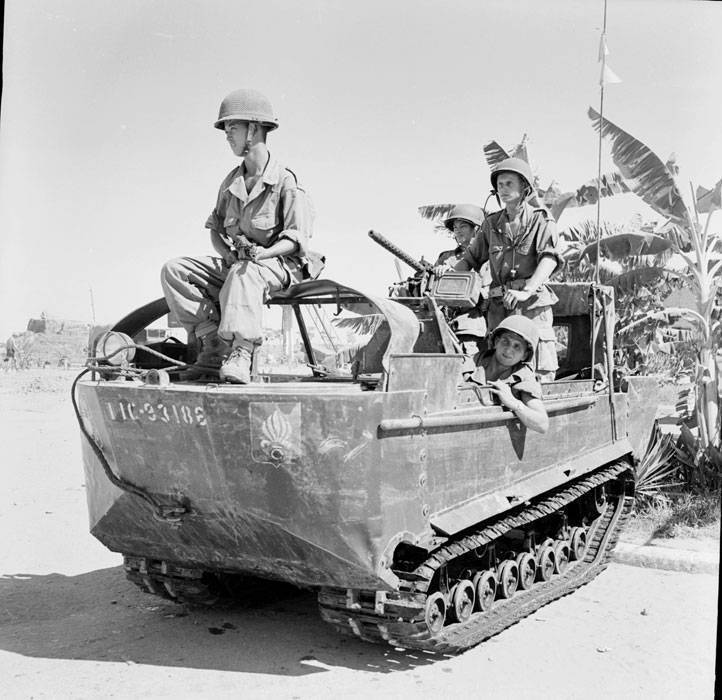 French M29C in Vietnam
French M29C in Vietnam
In 1947, the French Army used the M29 in the First Vietnam war, where the 1er Régiment Étrangers de Cavalerie were equipped with the M29C variant. They armed them with multiple types of weapons, from the Chatellerault M1924/29 and Browning M1919 machine guns to 57mm recoilless rifles. The M29 would remain in service with French mountain troops and Gendarmerie as late as 1970.
WW2 Service
The Norwegian mission that the M29 was designed for never took place. This did not mean that time had been wasted on the vehicle, as it soon found use in multiple roles, in multiple theaters, and by multiple countries. An American Weasel in Normandy, 1944. Photo:WW2 in Color
An American Weasel in Normandy, 1944. Photo:WW2 in Color
The United States used the vehicle extensively during World War Two. It was used in Italy, the Western Front, and even in the Pacific. It saw action during the Normandy landings, St. Lo, and the Battle of the Bulge. It proved its usefulness at the engagements on the Ruhr and Rhine, where it was able to cross the thick, sticky river mud. In the Pacific, it was used by the United States Marine Corps (USMC) at Iwo Jima and Okinawa, where it proved capable of crossing loose sand, and the harsh tropical island terrain where the Marine Corps’ jeeps wouldn’t dare venture.
The use of the M29 Weasel as a universal vehicle soon became clear to the Americans. They used it regularly as a light troop carrier and cargo hauler, and also as a mobile command center, ambulance, and to lay telegraph wires. One of its major attributes was its ability to cross minefields, as its low-ground pressure was often not enough to trigger the anti-tank mines. The ground pressure was still more than enough to trigger anti personnel mines which could easily split a rubber track.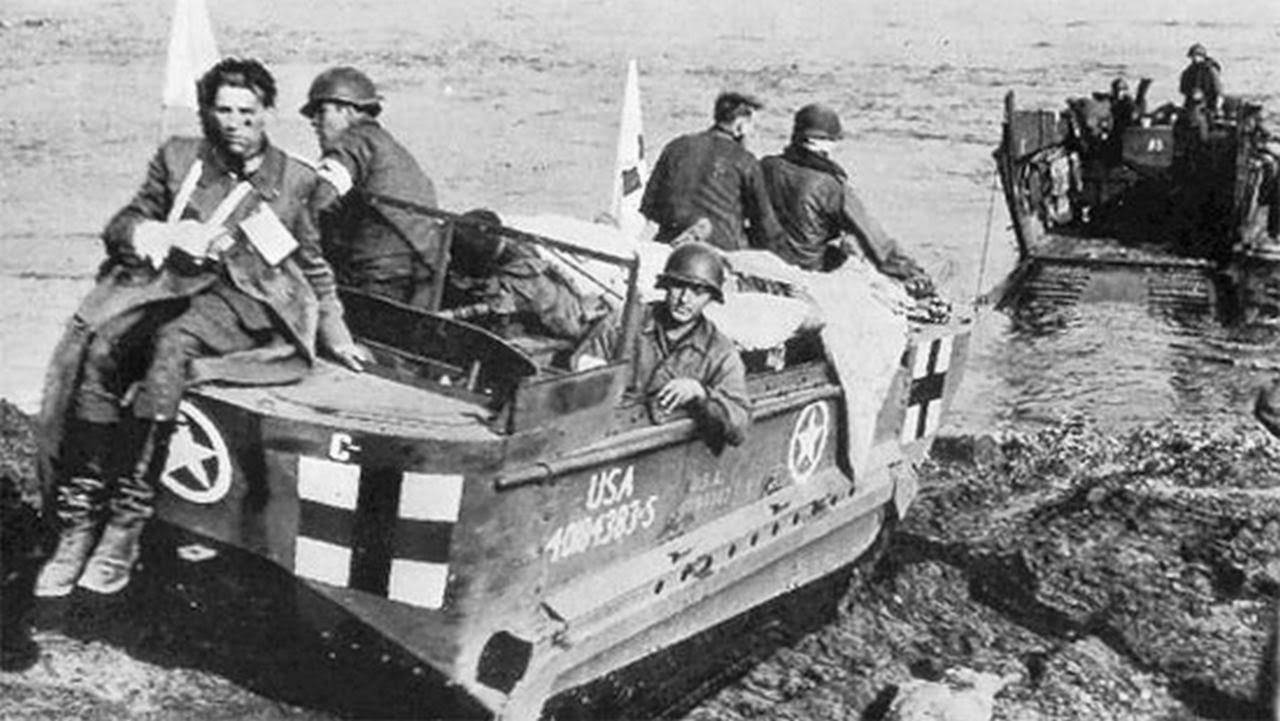 An M29C in an ambulance role on the Rhine
An M29C in an ambulance role on the Rhine
Background
The idea for the Weasel came from the British Inventor Geoffrey Pyke, a man famed for his unorthodox methods. His most famous invention was Pykrete, a material that would’ve been used for the Habbakuk iceberg aircraft carrier. Pyke had long planned for Commando assaults on German power plants and industrial areas in Norway and also planned actions to interrupt the Nazi atomic weapons program in Operation Plough. Operation Plough is very much the origin of the Weasel. Pyke called for a small, lightweight and fast vehicle, able to transport small teams of men across deep snow to take them deep into enemy territory.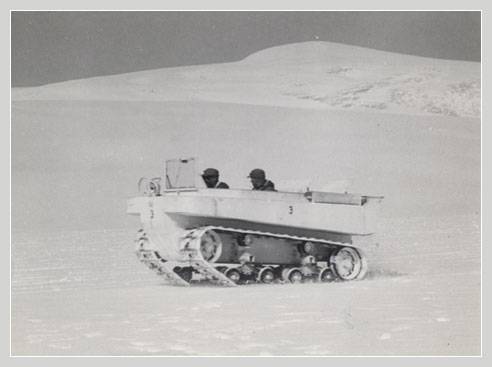 The T15 Prototype in testing. Photo: www.studebaker-weasel.com
The T15 Prototype in testing. Photo: www.studebaker-weasel.com
U.S.A. (1942) Cargo Carrier – 15,892 Built
In 1942, the American Studebaker company based in South Bend, Indiana, famed for their luxury automobiles, answered a call for an armored vehicle capable of traversing deep Norwegian snow drifts for special forces operations. The vehicle became the M29 Weasel and went on to be a popular universal vehicle outside of its original intended use, akin to the British Universal Carrier. The M29 could traverse the hardest of terrains where wheeled vehicles could not go and saw service through the Second World War, the Korean War, the Vietnam War and saw use in the civilian sector.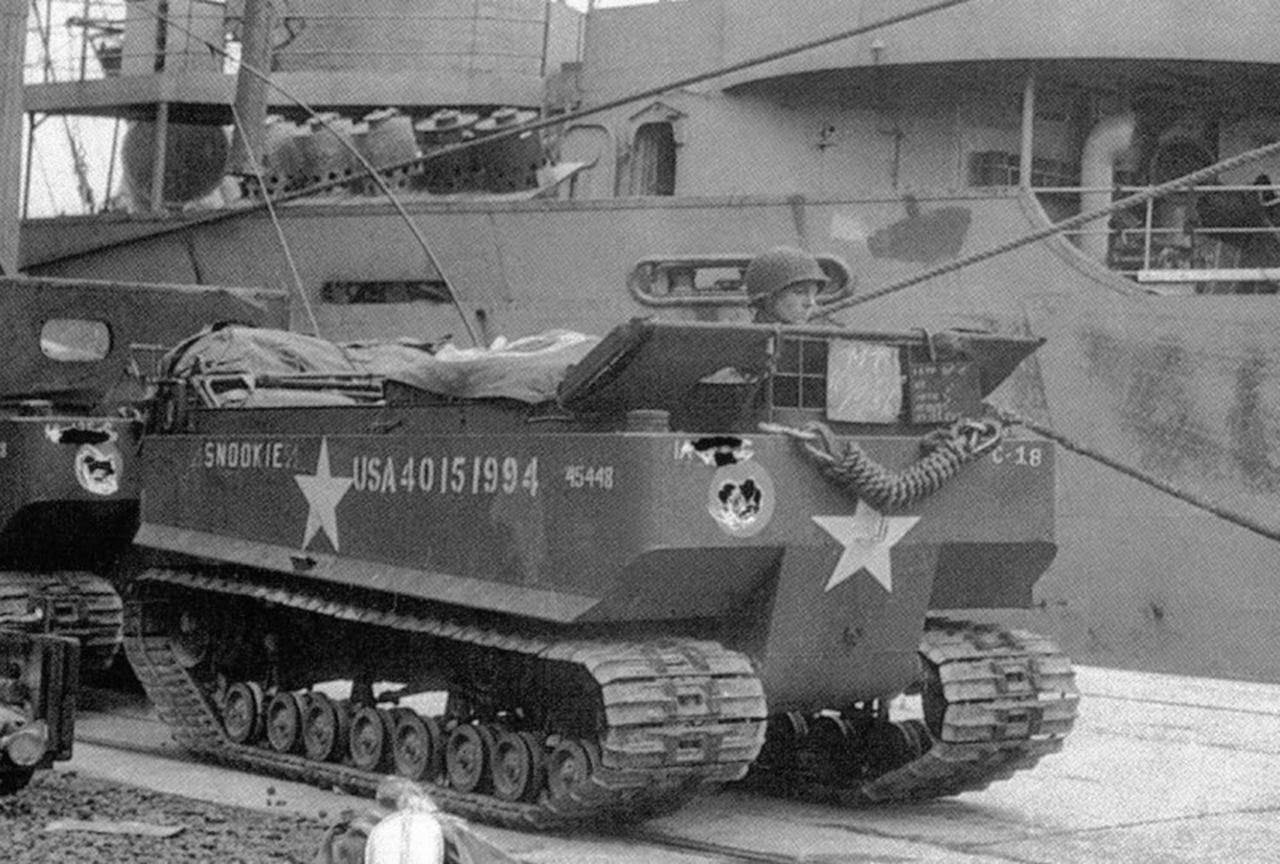 An M29 named ‘Snookie’, date and location unknown. Photo: www.studebaker-weasel.com
An M29 named ‘Snookie’, date and location unknown. Photo: www.studebaker-weasel.com
Specification
M29 Weasel in parking lot of Holiday Inn in Omaha
M29 Weasel
M29C Water Weasel
SCR-508 Radio mounted in weasel
- General
- Weight (fighting): 4,451 lb (2,019 kg)
- Shipping dimensions:
- Ground clearance: 11 in (280 mm)
- Ground pressure: 1.9 psi (13 kPa)
- Pintle height (loaded): 27.125 in (0.6890 m)
- Electrical system: (volts) 12
- Brakes: Mechanical – external contracting in differential
- Transmission: Speeds: 3
- Transfer case: Speeds: 2
The engine was a Studebaker Model 6-170 Champion, a 6-cylinder 169.6 cu in (2,779 cc) cubic inch 4-stroke engine running on 72 octane gasoline delivering 70 bhp at 3,600 rpm. Fuel capacity was 35 US gal (130 L). Under average conditions (typically 5 miles per gallon), it could range 165 mi (266 km).
- Performance
| Maximum gradability: | 100% |
| Turning radius: | 12 ft (3.7 m) |
| Fording depth: | Will Float (M29C) |
| Maximum width of ditch vehicle will cross: | 36 in (91 cm) |
| Maximum vertical obstacle vehicle will climb: | 24 in (61 cm) |
| Maximum allowable speed: | 36 mph (58 km/h) |
| Maximum allowable towed load: | 3,800 lb (1,700 kg) |
Operational use
U.S. Army
The Weasel idea was introduced in 1942, when the First Special Services Force needed transportation into Norway to knock out strategic power plants. The vehicle needed to move quickly and easily through the winter snows of Norway. It needed to be air transportable and be able to withstand the effects of being dropped by parachute and would also be able to carry arms, explosives and minimal resupply stocks.
The Norwegian mission was cancelled and therefore the Weasel was never used for its original intention. However, as it was amphibious and could cross terrain too soft for most other vehicles, it was used widely in both Italy and on the Western Front. It went ashore on Normandy, it was with the U.S. Army during the breakthrough at St. Lo., the Battle of the Bulge and in the mud of the Roer and the Rhine. M29 was a Cargo Carrier but was also used as a command center, radio, ambulance and signal line layer. US soldiers soon realized the Weasel could be used as an ambulance, as it could get to places not even Jeeps could. Another use was for crossing minefields, as its ground pressure was often too low to set off anti-tank mines.
After the war, many surplus M29s were sold to allied countries (Norway, Sweden, France, etc.). Some M29C and M29 survived to serve in Korea, supplementing 1/4 ton 4×4 cargo vehicles in rough conditions. They served in Arctic and cold weather operations until retired in 1958. Large numbers of retired Weasels were sold off in the 1950s to civilians and municipal organizations. For example, 25 Weasels were loaned for the VIII Olympic Winter Games in 1960.
US Marine Corps
In November 1944, USMC distributed M29s to the 3d, 4th, and 5th Marine Divisions. They proved invaluable with its first appearance in combat on Iwo Jima. It also saw use on Okinawa.
The USMC used only the non-amphibious version, but it was capable of hauling a half-ton load through sand and mud. Besides this they pulled trailers and artillery pieces over the terrain that wheeled vehicles could not negotiate.
French Army
During the First Indochina War, the 1st Foreign Cavalry Regiment was in charge of fighting Viet Minh guerrillas in the Mekong Delta area. Its units, 1st and 2nd Escadrons, received M29C Weasels from the 13th Demi-Brigade of Foreign Legion in 1947. Initially they were unsuccessful as they were crewed by inexperienced men, used wrong tactics and were deployed without infantry support. Their losses were heavy. The 1er régiment de chasseurs à cheval also deployed 1 Escadron of M29s from 1949 to 1953.
French soldiers learned fast after several months of fighting, but the real deployment of full forces was possible only when they received LVT-4s and LVT(A)-4s in 1950. Now they could move stronger infantry units around. In September 1951 1er Groupement Autonome was established, consisting of two escadrons of Weasels (33 each), three escadrons of LVT-4 (11 each) and one fire support platoon of 6 LVT(A)-4. French Weasels, known as Crabes were heavily armed with Chaterrault M1924/29, Bren or Browning M1919 machine guns, 57mm M18A1 recoilless guns and even 60mm mortars.
One of the last weasels in use at Dumont d’Urville, 1993
French mountain troops and French Gendarmerie used M29s until 1970.[citation needed]
After the Indochina war, the remaining weasels were given to the French Polar Expeditions and used at the Antarctic station of Dumont d’Urville until 1993.[citation needed]
British Army
Amphibious M29 Weasels of 4th Special Service Brigade were used by British commando troops in the Walcheren operation, supplementing LVT Buffalos. The 79th Armoured Division used also non-amphibious variant of the Weasel, modified for clearing anti-personnel devices.
Non-amphibious Weasels were also used by British Infantry Divisions fighting in the Saar-Moselle Triangle, as they were often the only means of getting supplies forward.
After the war they were kept in service for a few years.
Canadian Army
M29 Weasel was used extensively by Canadian forces from the fall of 1944 during battles to clear the marshy Scheldt estuary, the flooded approaches to Antwerp. Later M29s supported Canadian advance through flooded areas in Netherlands and Germany.
After the war, they were kept in service for use in the Arctic.
Variants
M29C Water Weasel
The M29C was the main variant of the Weasel. The M29 was already partly amphibious, able to traverse shallow and calm waters such as rivers and streams, but could not operate in rough, sea like waters. The M29C amended this issue, with the addition of buoyancy aids in the rear of the hull as well as two rudders. Removable pontoons were also added to the front and rear and changes were made to the treads of the track links to allow it to propel itself in water, although it was very slow. This still didn’t make the M29 capable of seaborne amphibious landings, but allowed to be more stable in deeper or slightly rougher inland waters.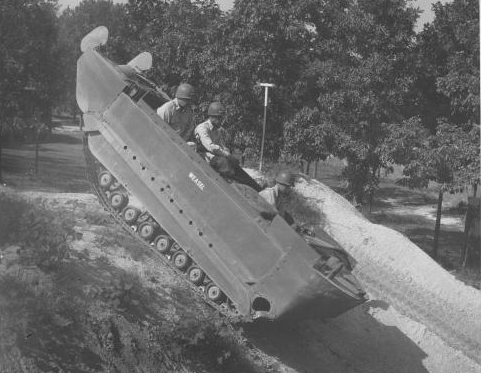 The M29C Water Weasel during testing.
The M29C Water Weasel during testing.
M29/M29C Type A, B and C
These variants were all virtually unchanged from the standard M29/M29C, the only difference being that these were armed versions. The Type A featured a center-mounted 75mm M20 recoilless rifle. The Type B featured a rear-mounted 75mm Recoilless Rifle. The Type C featured a center-mounted 37mm Gun M3, the same gun used in the M3/M5 Stuart Light Tanks.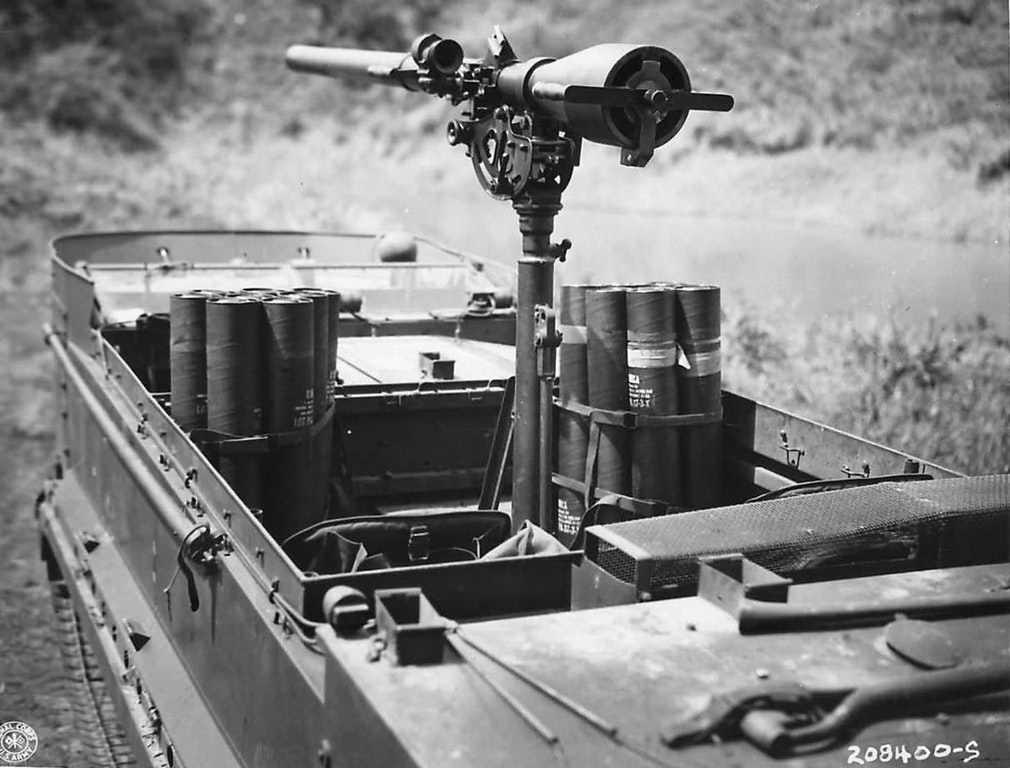 A Water Weasel armed with a 75mm Recoiless Rifle. Photo: TankPorn of Reddit
A Water Weasel armed with a 75mm Recoiless Rifle. Photo: TankPorn of Reddit
The standard M29 Weasel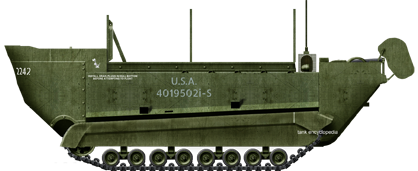 The amphibious M29C Water Weasel. Both illustrations are by Tank Encyclopedia’s own David Bocquelet.
The amphibious M29C Water Weasel. Both illustrations are by Tank Encyclopedia’s own David Bocquelet.
Design
The proposed design was designated T15, with the finalized design receiving T24. It was soon accepted and became the M29, a simple vehicle consisting of little more than a box on tracks. The Studebaker company would go on to build almost 16,000 M29s. Key elements of its design required that it be air-transportable, able to withstand the impact of a parachute drop, and able to carry enough supplies for a small commando team. It was powered by a 70 hp Studebaker Model 6-170 Champion 6-cylinder engine which propelled the vehicle to 36 mph (58 km/h), a speed it could sustain over most terrain types.
Suspension for the M29 consisted of rear mounted drive wheels (and transmission) with idlers in the front that were lower, giving the running gear the appearance of leaning forward. It featured four, two-wheeled bogies on each side, with two track return rollers. It had wide tracks from 15″ (380 mm) to 20″ (510 mm). This gave the Weasel a very low ground pressure of just 1.9 psi (Pounds Per Square Inch)a benefit in crossing soft ground. The tracks consisted of long metal plates connected by inner rubber bands, with a total of four bands per track, two on the outer edge and two in the center with a center guide horn. The bogie wheels ran on the center bands and. the outer face of the tracks featured two rubber blocks per link for grip on road surfaces.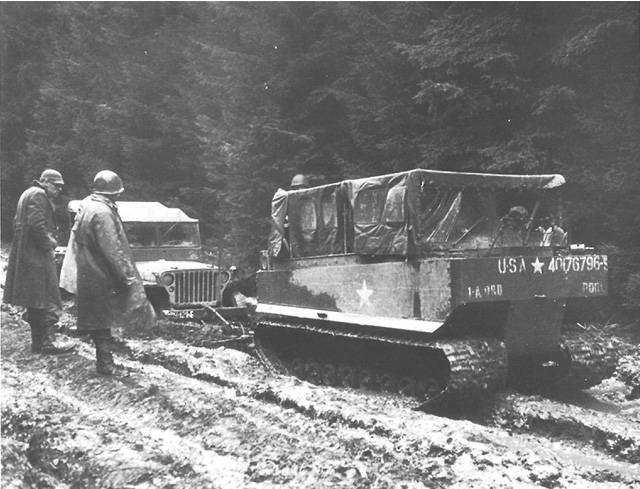 A Weasel freeing a Willys Jeep from thick mud.
A Weasel freeing a Willys Jeep from thick mud.
The M29 was operated by one driver and could carry three passengers. The driver was positioned in the front left with the engine compartment to his right and a row of three seats in the rear for the passengers. Though officially an unarmed vehicle, Browning M1919 .30 cal or .50 cal M2HB Machine Guns were often mounted for some form of offensive/defensive capability.
Оперативное использование
Армия Соединенных Штатов
Идея Ласки была введена в 1942 году, когда первые Спецслужбы сила необходимо транспортировка в Норвегию, чтобы выбить из стратегических электростанций. Транспортное средство необходимо быстро и легко перемещаться по зимним снегам Норвегии. Она должна быть воздух транспортабельны и быть в состоянии противостоять воздействию расставания с парашютом, а также будет иметь возможность носить оружие, взрывчатые вещества и минимальные запасы пополнения запаса.
Норвежская миссия была отменена , и поэтому Хорек никогда не использовался для ее первоначального намерения. Однако, как это было земноводных и может пересечь местность слишком мягкой для большинства других транспортных средств, она широко используется как в Италии , так и на Западном фронте. Он вышел на берег Нормандии, он был в армии США во время прорыва в Сен – Ло ., В битве в Арденнах и в грязи Roer и Рейном. М29 был Грузовой несущим , но также был использован в качестве командного центра, радио, скорой помощи и сигнальной линии слоя. Американские солдаты вскоре поняли , Хорек может быть использован в качестве скорой помощи, так как это может добраться до места , даже не Джипы могли. Другое использование было для пересечения минных полей, так как его давление на грунт было часто слишком низко , чтобы выделить противотанковых мин.
После войны многие излишки M29s были проданы союзнических стран (Норвегия, Швеция, Франция и т.д.). Некоторые M2 и M29 выжили , чтобы служить в Корее, дополняющий 1/4 тонных 4×4 грузовых автомобили в суровых условиях. Они служили в арктических и холодной погоде операциях до выхода на пенсию в 1958 году большого числа пенсионеров Weasels были проданы в 1950 – х годах для гражданских лиц и муниципальных организаций. Например, 25 Weasels были предоставлены для VIII зимних Олимпийских игр в 1960 году.
Корпус морской пехоты США
в ноябре 1944 года, USMC распределены M29s в 3d, 4, и 5 морских дивизий. Они оказались бесценными с его первым появлением в бое на Иводзимо. Он также видел использовать на Окинаве.
USMC использовали только не-амфибии версию, но она была способна буксировать груз полутонны через песок и грязь. Помимо этого они тянули трейлеры и артиллерийские по местности, колесных транспортных средств, не может вести переговоры.
Французская армия
Во время Первой Вьетнамской войны , то первое иностранного кавалерийского полк был ответственными за борьбу с Вьет Минь партизан в дельте реки Меконга области. Ее подразделения, 1 и 2 Escadrons, получил М-29С горностаев в 1947 году и были вооружены французами с Chaterrault M1924 / 29 или Browning M1919 пулеметов и 57 – мм безоткатные орудия. Первоначально они были неудачными , так как они были члену экипажа неопытных людей, использовали неправильную тактику и были развернуты без поддержки пехоты. Их потери были тяжелыми.
Французские солдаты научились быстро после нескольких месяцев борьбы, но реальное развертывание полных сил было возможно только тогда, когда они получили LVT-4s и LVT (A) -4s в 1950 году Теперь они могли двигаться более сильные подразделения пехоты вокруг. В сентябре был создан 1er Groupement тысяча девятьсот пятьдесят-один Autonome, состоящий из двух escadrons из Weasels (33), каждый из трех escadrons из LVT-4 (11 каждого) и один огневой поддержки взвода 6 LVT (A) -4. Французские Ласки были хорошо вооружены автоматами, 57мм M18A1 безоткатные орудия и даже 60-мм минометов.
Французские группы участвовали в Меконг и Ред-Ривер операций дельты и в десантных операциях на Вьетнамских берегов.
Французские горные войска и Французская жандармерия не использовали M29s до 1970.
Британская армия
Плавающие M29 Weasels о бртде 79th использовалась английскими войсками коммандос в операции Валхерна , дополняющий LVT буйволов. Этот Отдел также использовать не-амфибию вариант Уизелома, модифицированный для очистки противопехотных устройств.
Non-амфибия Weasels также использовался британскими пехотными дивизиями , дерущихся в Сааре-Мозель треугольнике , так как они часто были единственным средством получения поставок вперед.
После войны они были оставлены в эксплуатации в течение нескольких лет.
Канадская армия
M29 Weasel широко использовался канадскими силами с осенью 1944 года во время боев , чтобы очистить болотистую Шельду устье реки , затопленные подходы к Антверпену. Позже M29s поддержали канадский прогресс через затопленные районы в Нидерландах и Германии.
После войны они находились на службе для использования в Арктике.
Design and development
The idea for the Weasel came from the work of British inventor Geoffrey Pyke in support of his proposals to attack Axis forces and industrial installations in Norway. Pyke’s plan to hamper the German atomic weapons development became Project Plough for which he proposed a fast light mechanised device that would transport small groups of commando troops of the 1st Special Service Force across snow. In active service in Europe, Weasels were used to supply frontline troops over difficult ground when wheeled vehicles were immobilised.
The first 2,103 vehicles designated as T15 and later categorized as the M28 Cargo Carrier had 15 in (380 mm) Kégresse-style ”rubber-band” style tracks, the later version designated as M29 had 20 in (510 mm) tracks of the same format. The T15/M28 version had a completely different hull and a reverse drive line to the later M29 versions. Some of the most noticeable differences were that this early version [T15/M28] had a rear engine front wheel drive system; that used the earlier track as well as the bogie wheels were of a distinctly different arrangement. The hull itself was designed slightly different with only a two-passenger capacity. The M29 was a front engine, rear wheel drive system with the changed tracks and different bogie wheel arrangement. The hull was also changed to accommodate a larger passenger/load capacity. The M29 was somewhat amphibious, but with a very low freeboard; the M29C Water Weasel was the more amphibious version, with buoyancy cells in the bow and stern as well as twin rudders. The M29C could not operate in other than inland waterway conditions, so its use in surf or rough water was very limited but did see action in the Pacific theatre. An easy way to distinguish the difference from an M28 and M29 is to look at the side track arrangement of bogie wheels.

 Нажми для просмотра
Нажми для просмотра Нажми для просмотра
Нажми для просмотра Нажми для просмотра
Нажми для просмотра Нажми для просмотра
Нажми для просмотра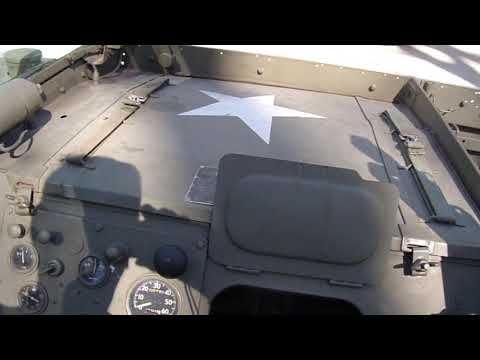 Нажми для просмотра
Нажми для просмотра Нажми для просмотра
Нажми для просмотра Нажми для просмотра
Нажми для просмотра Нажми для просмотра
Нажми для просмотра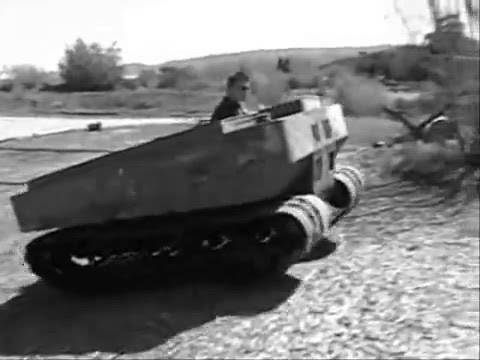 Нажми для просмотра
Нажми для просмотра Нажми для просмотра
Нажми для просмотра Нажми для просмотра
Нажми для просмотра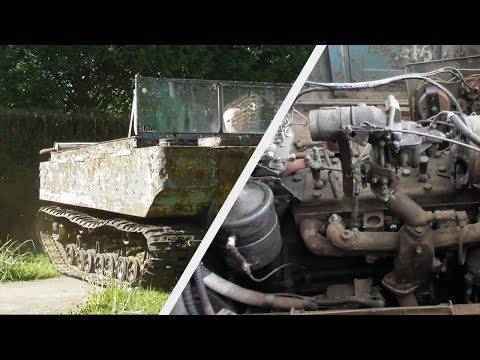 Нажми для просмотра
Нажми для просмотра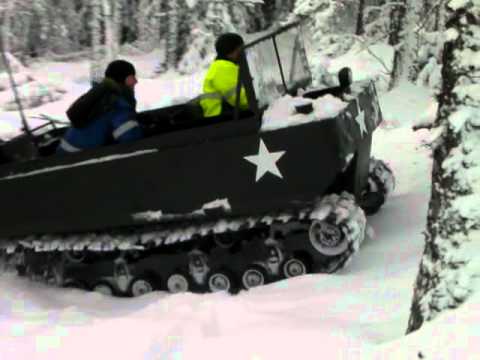 Нажми для просмотра
Нажми для просмотра Нажми для просмотра
Нажми для просмотра Нажми для просмотра
Нажми для просмотра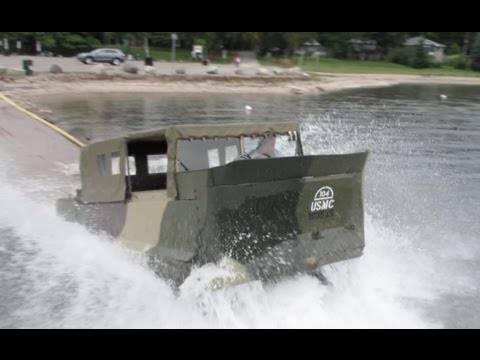 Нажми для просмотра
Нажми для просмотра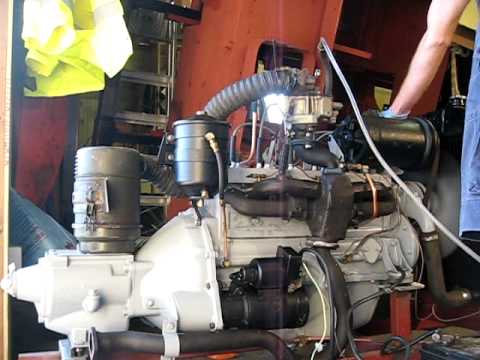 Нажми для просмотра
Нажми для просмотра Нажми для просмотра
Нажми для просмотра Нажми для просмотра
Нажми для просмотра

